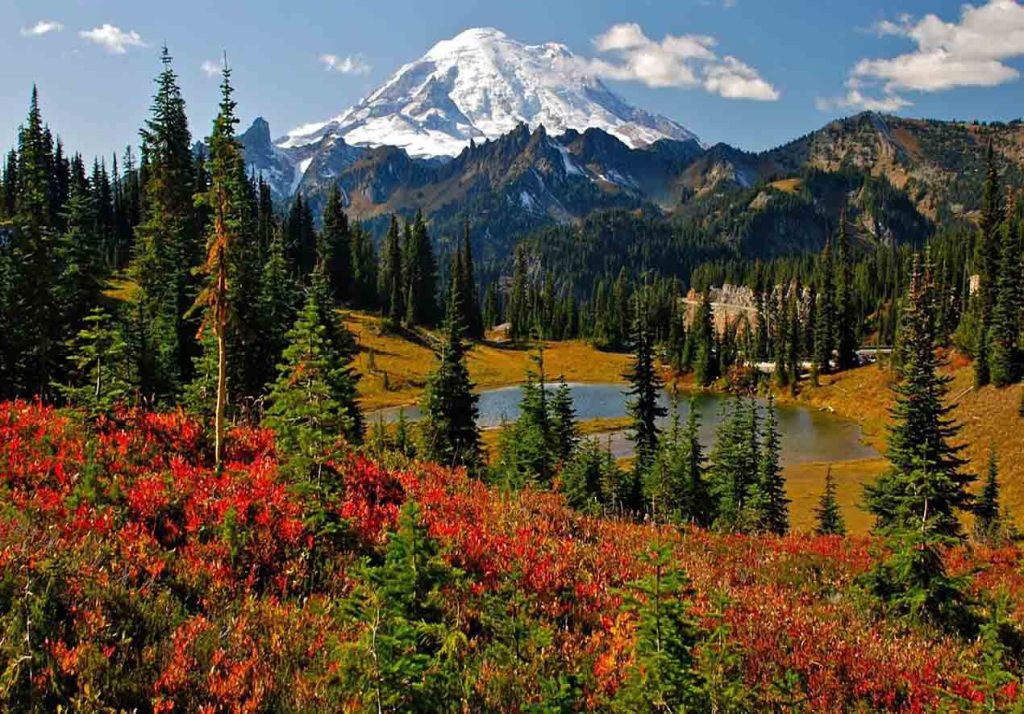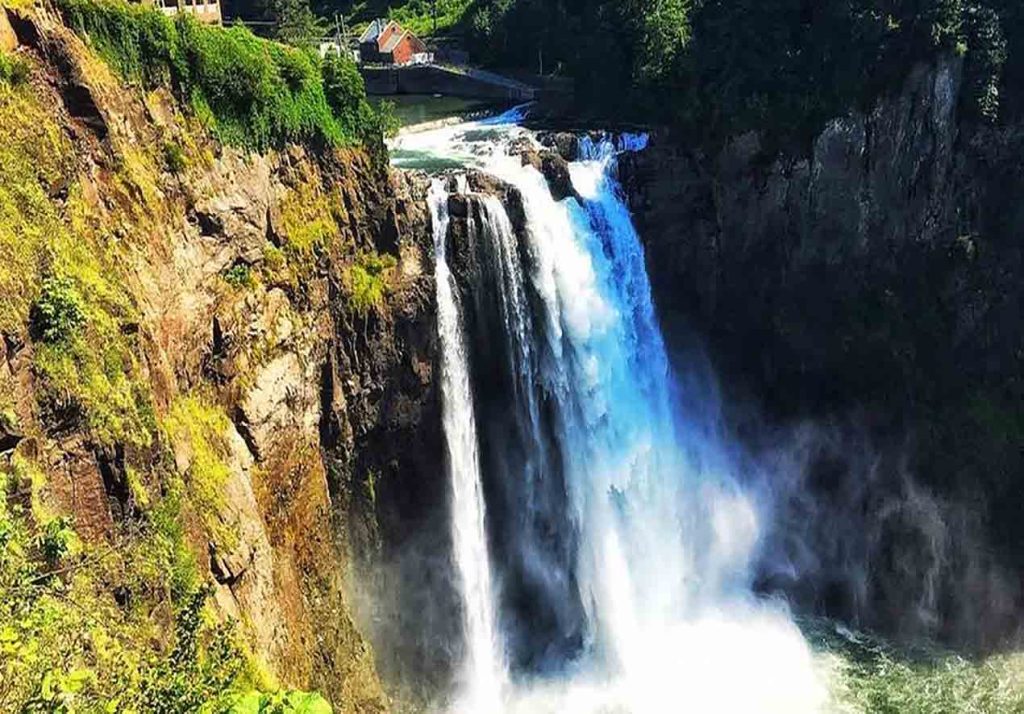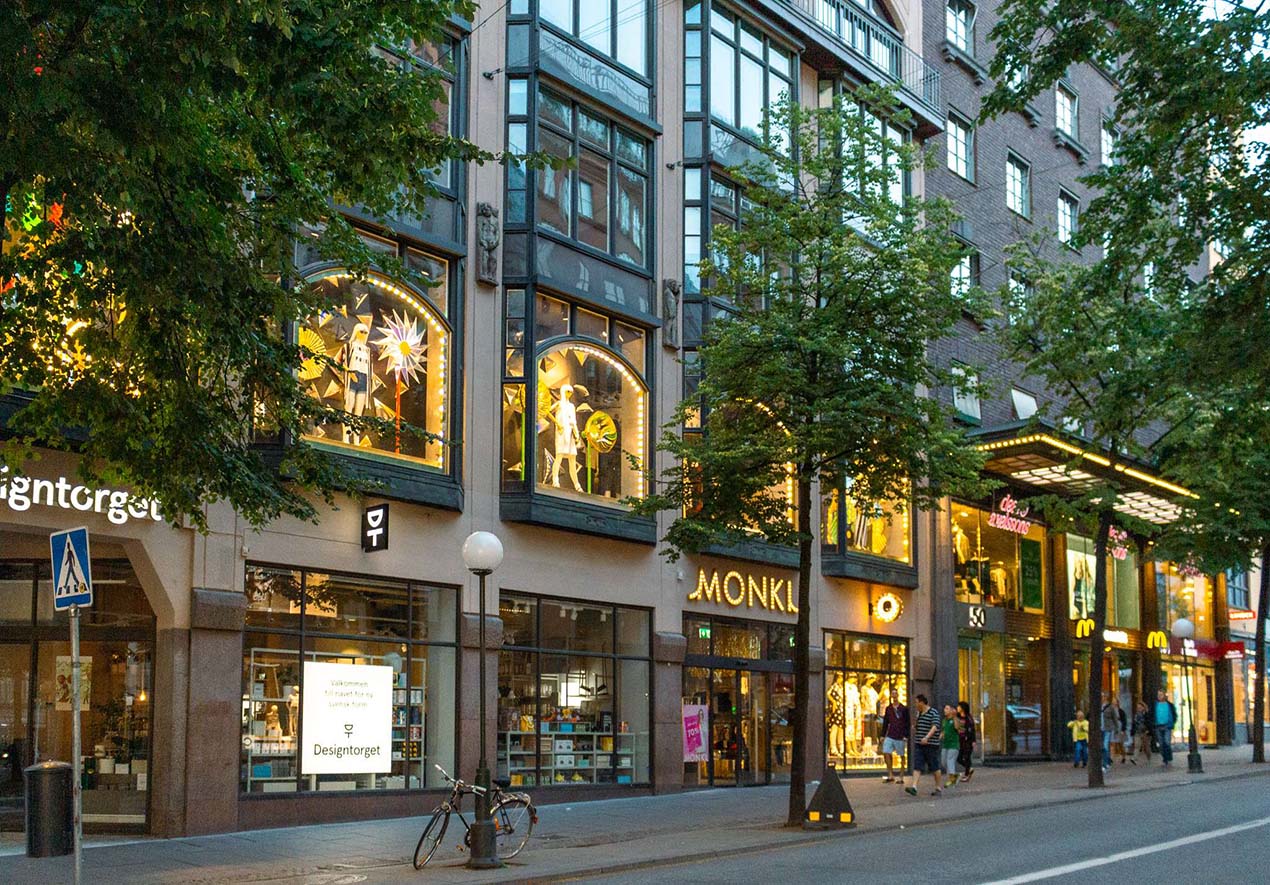Seattle, often dubbed the “Emerald City,” is renowned for its lush landscapes, breathtaking natural beauty, and harmonious blend of urban energy with outdoor adventure. From towering mountains and sprawling forests to pristine waterways, Seattle offers a unique opportunity to explore the wonders of nature without venturing far from the city. Whether you’re a seasoned outdoor enthusiast or someone who simply loves to take in a picturesque view, Seattle’s natural landscapes provide a perfect balance between urban life and the great outdoors.
In this article, we will explore the best natural spots Seattle has to offer—places that provide both relaxation and adventure. These locations are more than just pretty sights; they are vital to Seattle’s identity and offer profound connections with nature, making them essential for anyone who visits.
1. Discovery Park: A Sanctuary of Tranquility and Wilderness
Location: 3801 Discovery Park Blvd, Seattle, WA 98199
Tucked away in the Magnolia neighborhood, Discovery Park is Seattle’s largest green space, encompassing over 500 acres of breathtaking wilderness. This hidden gem offers the perfect escape from the city’s bustling streets, a place where the city’s hustle fades away as you immerse yourself in the beauty of nature. With its dense forest, meadows, beaches, and panoramic views of Puget Sound, Discovery Park is a sanctuary that welcomes both solitude and adventure.
Why Discovery Park?
Discovery Park is a microcosm of the natural diversity that defines Seattle. The park’s forested trails, such as the Loop Trail, guide visitors through towering trees and past verdant undergrowth, offering peaceful glimpses of wildlife like deer, rabbits, and a variety of bird species. It is here that the city’s noisy echoes are replaced with the rhythmic sounds of birdsong and the gentle rustle of leaves in the wind.
The real treat, however, lies at the park’s West Point Lighthouse, where you’ll find sweeping views of the Puget Sound and the Olympic Mountains stretching to the horizon. Watching the sunset over the water here feels like witnessing nature itself taking a deep breath. The light shifts across the water, turning it from glimmering gold to calming blue, and the whole landscape seems to sigh in peaceful contentment.
Must-See Highlights
- The Loop Trail: A moderate 2.8-mile loop that leads you through dense forests and open meadows, offering a taste of everything the park has to offer.
- West Point Lighthouse: Perched on the edge of the Sound, this historic lighthouse is a must-see for stunning views.
- Tidal Flats: At low tide, you can explore the mudflats and tidal pools, which are full of fascinating sea life.
Admission & Visiting Tips
- Cost: Free.
- Website: Discovery Park Information
- Tip: While the park is free to visit, parking is limited and can be competitive during peak hours. If possible, visit on weekdays or arrive early on weekends. Consider carpooling or taking public transport to avoid parking headaches.
2. Mount Rainier National Park: A Majestic Peak Surrounded by Wilderness
Location: Mount Rainier National Park, WA 98304 (2 hours southeast of Seattle)
No visit to Seattle would be complete without experiencing the grandeur of Mount Rainier, an active volcano that towers over the city at an awe-inspiring 14,411 feet. Encircled by alpine meadows, glaciers, and thick old-growth forests, Mount Rainier is a symbol of the Pacific Northwest, attracting adventurers, photographers, and nature lovers alike.
Why Mount Rainier?
With its majestic snow-capped peak standing proudly above the landscape, Mount Rainier offers a visual spectacle that is truly humbling. The park’s glaciers glisten in the sun, and its meadows burst with wildflowers in the summer months, creating a kaleidoscope of color that contrasts with the deep greens of the surrounding forests.
Whether you’re here for a challenging climb, a scenic drive, or simply to witness the mountain’s grandeur from the visitor center, Mount Rainier is an iconic representation of the rugged beauty of the Pacific Northwest. Its status as a National Park ensures that the landscape is preserved for future generations to enjoy, and as you step onto its trails, it’s as if time slows down, allowing you to experience nature in its purest form.
Must-See Highlights
- Paradise Meadows: One of the most popular spots in the park, Paradise is known for its breathtaking wildflower displays in summer and its views of Mount Rainier. During winter, the area transforms into a snowy wonderland.
- Grove of the Patriarchs: A short, easy trail through an ancient forest of towering Douglas Firs and Cedars, where the air is thick with the scent of earth and pine.
- Sunrise: An early morning trek to Sunrise offers an unparalleled panoramic view of the mountain and surrounding glaciers, making it one of the best sunrise spots in the park.
Admission & Visiting Tips
- Cost: Entrance fee is $30 per vehicle (valid for 7 days).
- Website: Mount Rainier National Park Information
- Tip: The weather on Mount Rainier can change rapidly, even in summer, so come prepared for all conditions. Dress in layers and bring sturdy shoes, especially if you plan on hiking.

3. Snoqualmie Falls: A Soothing Cascade of Power and Beauty
Location: Snoqualmie Falls, Snoqualmie, WA 98065 (30 miles east of Seattle)
One of Washington State’s most iconic natural attractions, Snoqualmie Falls is a 268-foot waterfall that tumbles dramatically into a lush, green gorge. It’s a site so captivating that it’s hard not to be mesmerized by its power and beauty. The falls have become a symbol of the Pacific Northwest, featured in movies, television shows, and countless photographs.
Why Snoqualmie Falls?
There’s something truly magical about standing at the base of Snoqualmie Falls. The mist from the waterfall rises into the air, catching the light and creating a soft rainbow on sunny days. As you gaze at the water cascading down into the pool below, it’s as though the forces of nature are at work in a seamless dance, one that has been going on for millennia.
The surrounding park is just as beautiful, with well-maintained trails that allow visitors to get up close to the falls or enjoy a more distant view from the observation deck. Whether you visit during the spring thaw when the falls are at their most powerful or in the winter when the surrounding landscape is dusted with snow, the experience remains unforgettable.
Must-See Highlights
- Observation Deck: Located just above the falls, this platform offers an unobstructed view of the cascades and the valley below.
- Snoqualmie Falls Trail: A short, 0.8-mile trail that brings you closer to the base of the falls, where you can hear the thundering roar of the water as it crashes below.
- Snoqualmie Falls Lodge: Located nearby, the Lodge offers a peaceful retreat where you can enjoy a meal with a view of the falls.
Admission & Visiting Tips
- Cost: Free.
- Website: Snoqualmie Falls Information
- Tip: While the falls are beautiful year-round, the best time to visit is in the spring, when the snow melt sends the water surging, creating a stunning display. However, expect crowds during weekends and holidays, so visiting during weekdays is recommended.
4. The Washington Park Arboretum: A Floral Sanctuary in the City
Location: 2300 Arboretum Dr E, Seattle, WA 98112
For those who want to explore nature without venturing far from the city, the Washington Park Arboretum offers a tranquil escape in the heart of Seattle. With its carefully curated collection of plants and flowers, it is a living museum of the region’s diverse flora.
Why the Arboretum?
The Arboretum feels like a botanical symphony, with every path leading to a new landscape, filled with the sounds of chirping birds and rustling leaves. Whether it’s the cherry blossoms in spring, the vibrant hydrangeas in summer, or the fiery maples in autumn, the Arboretum offers a year-round spectacle of color and life. The diverse plant collections, which include native plants, Japanese maples, and rhododendrons, create a peaceful atmosphere for visitors to enjoy at their own pace.
Must-See Highlights
- Azalea Way: A stunning trail lined with colorful azaleas, perfect for springtime walks.
- The Foster Island Loop Trail: A tranquil 1.3-mile walk that takes you through wetlands and past the shores of Lake Washington.
- The Japanese Garden: A serene escape with traditional Japanese landscaping, koi ponds, and peaceful walkways.
Admission & Visiting Tips
- Cost: Free for general admission, though the Japanese Garden has a small entrance fee ($8 for adults).
- Website: Washington Park Arboretum Information
- Tip: Wear comfortable shoes for walking, and be prepared to spend a couple of hours exploring the vast landscape.

Seattle’s Natural Wonders Await
Seattle is a city where nature and urban life coexist in perfect harmony. From the towering peaks of Mount Rainier to the lush green landscapes of Discovery Park, the city’s natural beauty offers an escape from the everyday. Whether you’re a nature lover, a photographer, or someone looking for a quiet retreat, these landscapes are the soul of Seattle, offering the chance to connect with the Earth while still staying close to the vibrancy of city life.
So, whether you’re an adventurer or a contemplative traveler, these spots will provide not just a picturesque landscape but a deeper connection with the natural world around you. Pack your hiking boots, grab your camera, and head out—Seattle’s natural wonders are waiting.



